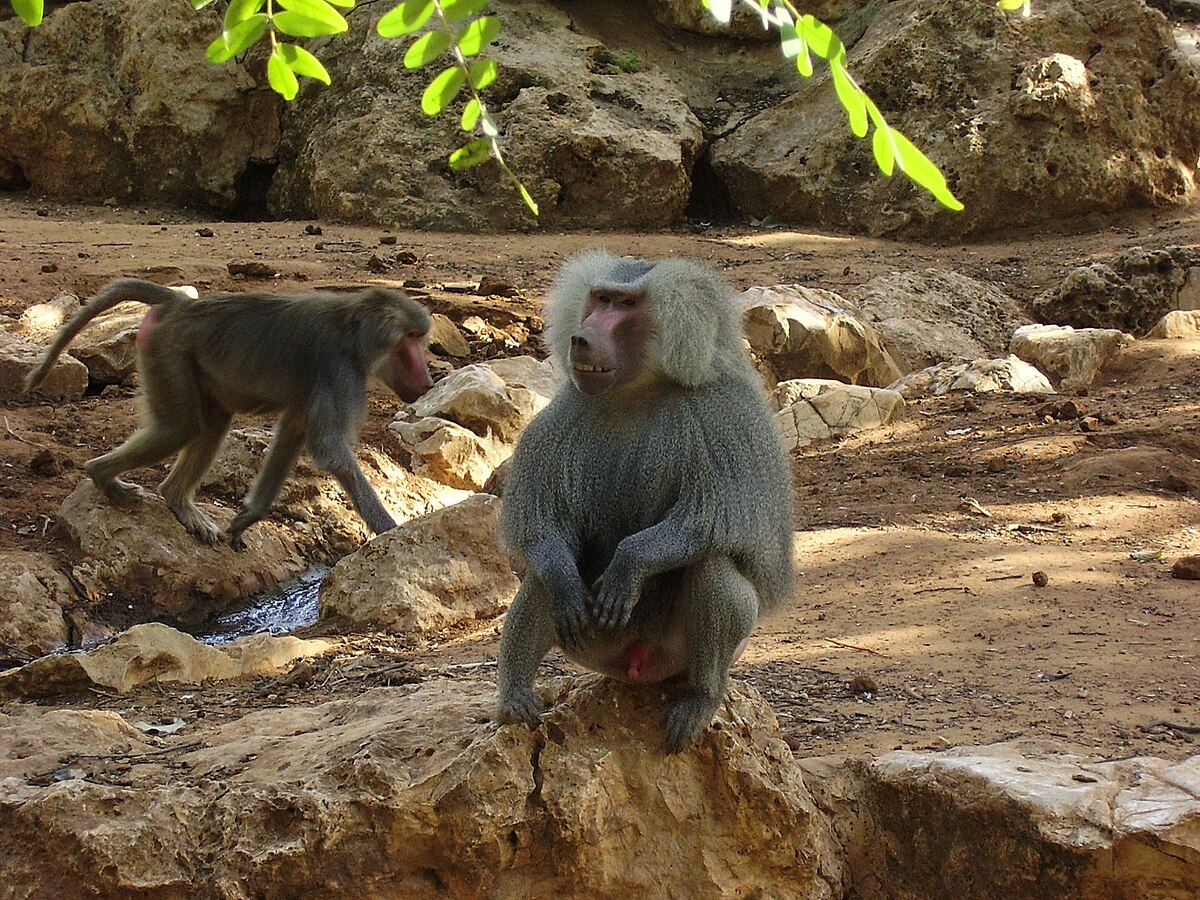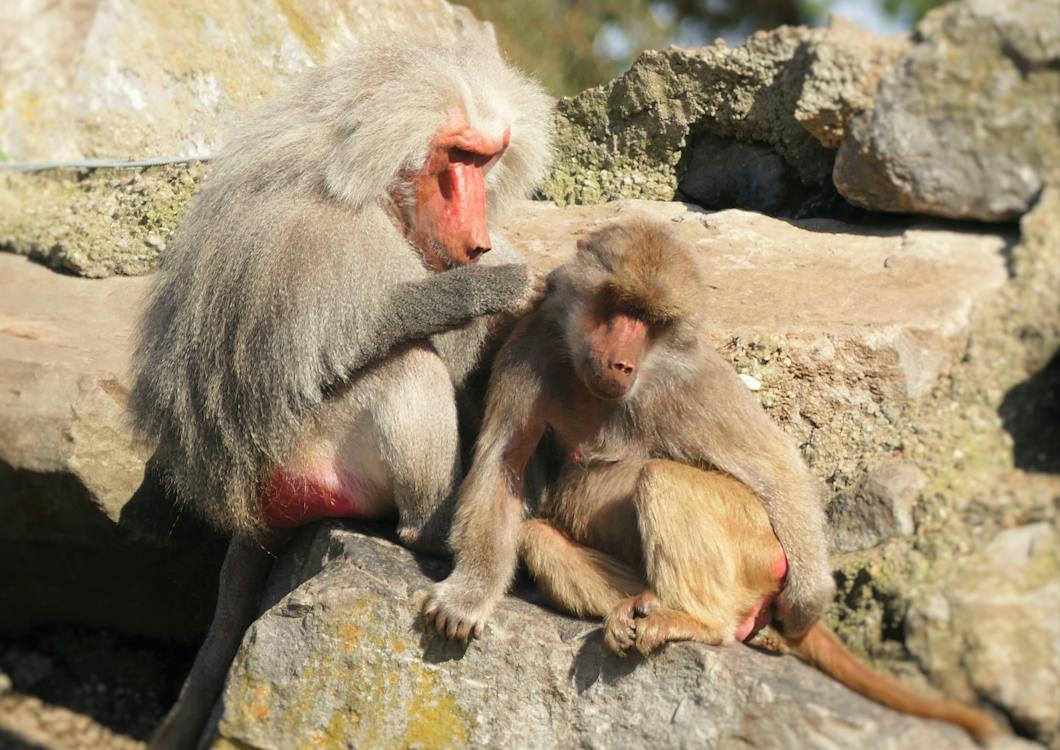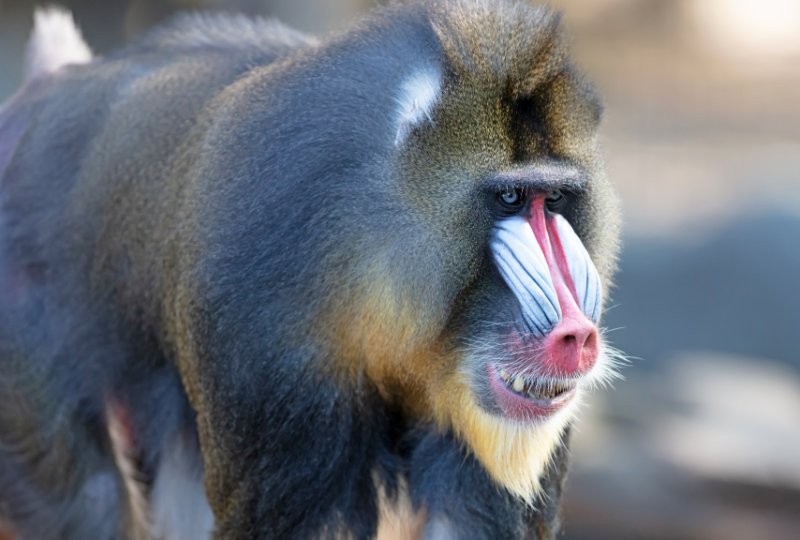Often referred to simply as a ‘baboon’, the baboon monkey is a peculiar member of the primate family. Unlike many of its arboreal cousins, this creature spends much of its life on the ground, only taking to the trees for food or safety.
Ground-Dwelling Habits of the Baboon Monkey
Equipped with strong, non-prehensile tails, baboon monkeys aren’t cut out for tree-hanging like other primates. Their restrictive tails can only aid balance but aren’t adept at grasping branches. The lives of these mammals get fascinating as they spend their days causing mischief on terra firma.
Dietary Preferences of the Baboon Monkey
The dietary habits of a baboon monkey lean heavily towards fruits, seeds, bark, and roots. However, they aren’t strictly herbivorous – with a fondness for the occasional rodent, bird, and small mammals. These animals are exceptional opportunistic eaters.
Interaction with Farm Crops

Incredibly, plantations often find themselves the target of baboon monkey raids. These creatures tend to cause havoc among farm crop and aren’t above helping themselves with some fresh garden veggies!
Social Habits and Predators of the Baboon Monkey

Living in social groups known as troops, baboon monkeys exhibit fascinating social dynamics. Troops can contain anything from six to over fifty individuals, depending on a wide variety of factors. Predation isn’t a significant threat to these primates, with lions and hyenas forming the bulk of their predators.
Defensive Tactics
Baboons display an intriguing defensive tactic – a defensive yawn to showcase their intimidating dental arsenal. This action serves more than just a defensive purpose; it’s a show of dominance within the troop, helping reinforce social hierarchy.
See Related: 10 Incredibly Interesting Facts About Gorillas
Variety of Baboon Monkeys and Lifespan

All the way from the petite Guinea Baboon at thirty pounds to the robust Chacma Baboon at ninety pounds, there’s a fascinating variety within the Baboon Monkeys. Surprisingly, these creatures lead quite long lives, averaging around thirty years in the wild, a number that can go up considerably in protected captivity.
In Conclusion
To say the world of the Baboon Monkey is unique would be an understatement. These ground-dwelling primates, with their identifiable canine-like snouts and padded buttocks, offer a glimpse of an animal kingdom that’s replete with surprises and awe-inspiring quirks.
